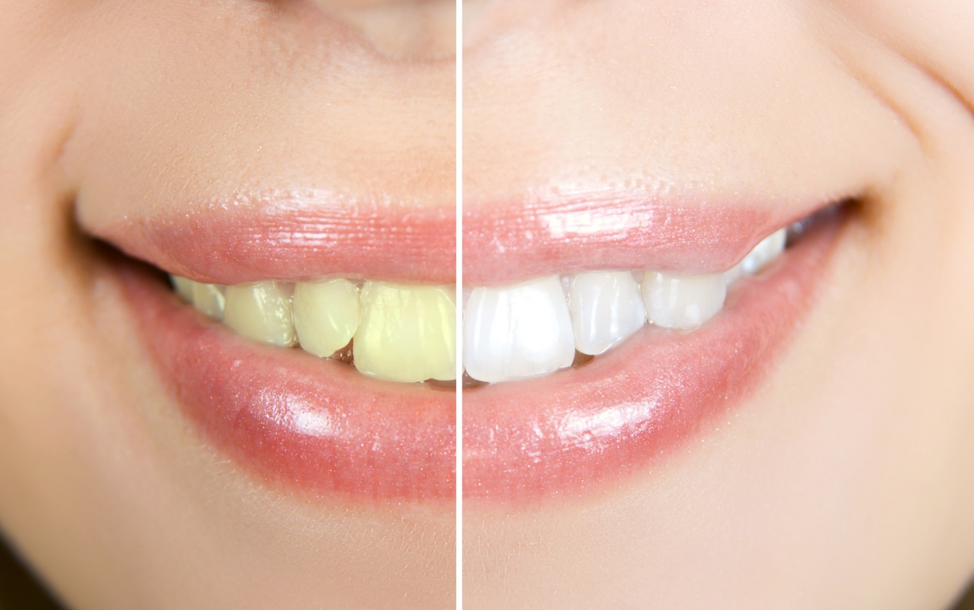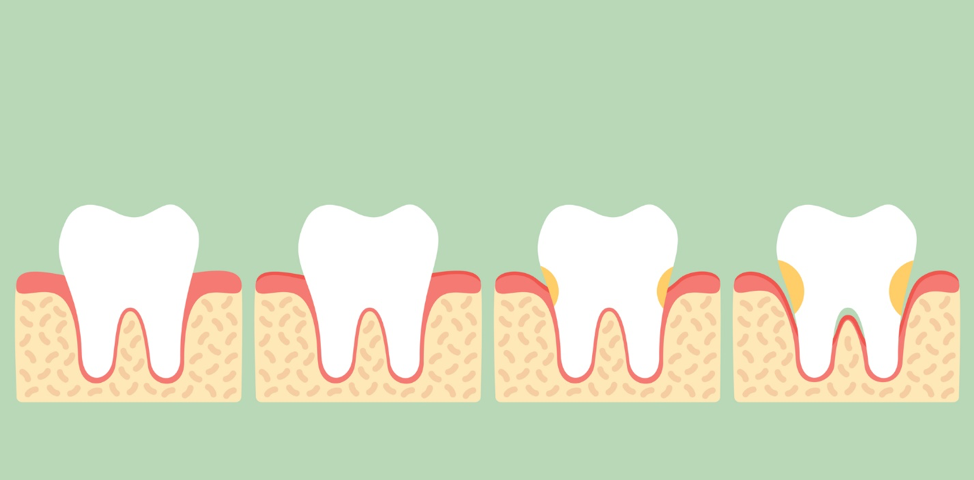
Why Choose Our Grant Park Dentist
June 19, 2020
How Our Grant Park Cosmetic Dentist Can Improve Your Smile
July 3, 2020You’ve probably heard of gum disease and you may even be one of the millions of Americans affected by it, but do you know what it really is and how it develops? If not, you’re certainly not the only one—that’s why our general dentist is passionate about teaching her patients. It is difficult to fight against what you don’t know.
In this blog, Dr. Abbey J. Lee explains how gum disease (also known as periodontal disease) develops, the stages of development, what causes it, and how to prevent it.
The Basics of Gum Disease
Gum disease is an infection of the gums and surrounding bone that often leads to tooth loss. In most cases, people develop gum disease because of plaque build-up on their teeth. This occurs when the teeth aren’t cleaned properly and plaque near the gumline turns into tartar. This leads to an imbalance of good and bad bacteria in the mouth. These bacteria begin to attack the person’s gums, causing pockets of bacteria to develop which leads to irritation and bleeding.
Stages of Gum Disease
There are three phases of periodontal disease: gingivitis, periodontitis, and advanced periodontitis. Continue reading to learn about the signs and symptoms of each stage.
Gingivitis
The first stage of gum disease is called gingivitis. It is mostly known for causing the gums to bleed while brushing and flossing, though that is not the only symptom. People should also be aware of the following symptoms:
- Constant bad breath
- Inflamed gums
- Red gums
In some cases, a person can have gingivitis and experience none of these symptoms. That’s why visiting the dentist every six months is so important! Another benefit is that at this stage, periodontal disease is reversible. Beyond this point, the disease can only be suppressed.
Periodontitis
This stage, though not reversible, can be managed. At this point, the infection has spread to the bones surrounding the gums and leads to bone loss. Patients will continue to experience bleeding, irritation, and redness of the gums along with pain, sensitivity, and shifting teeth.
Advanced Periodontitis
If the infection is left untreated, it progresses to the final stage—advanced periodontitis. During this stage, the bad bacteria become even more aggressive and continue to attack the soft and hard tissues of the mouth.
A person can expect to experience more severe symptoms than in the proceeding stages. Additionally, people with this stage of gum disease may have pus oozing from their gums.
Gum Disease Causes
As stated earlier, periodontal disease is most often caused by plaque build-up because of poor oral hygiene habits. However, this isn’t the only cause. Non-plaque induced gingival disease can be caused by the following factors:
- Hormonal changes in women
- Diseases like cancer, diabetes, and HIV
- Medications that cause dry mouth
- Smoking
- Old age
- Poor diet
- Genetics
Unfortunately, not all of these things are in our control, but in most cases, good oral hygiene can prevent the development of gum disease.
Preventing Gum Disease
Here are the best ways to maintain good oral health and stop gum disease from developing or progressing:
- Brush twice a day for at least one minute each time
- Floss daily
- Use an antimicrobial mouthwash
- Eat properly
- Visit the dentist every six months
Get Treatment Today
If you suspect gum disease is the cause of your oral health problems, or if you just haven’t been to the dentist in more than six months, it’s time to make an appointment.
Our Grant Park Dentist, Dr. Lee, is prepared to help patients overcome gum disease and maintain good oral health through modern, safe, and effective dental treatments. Call us today at 404-328-7177 to schedule your initial consultation.


